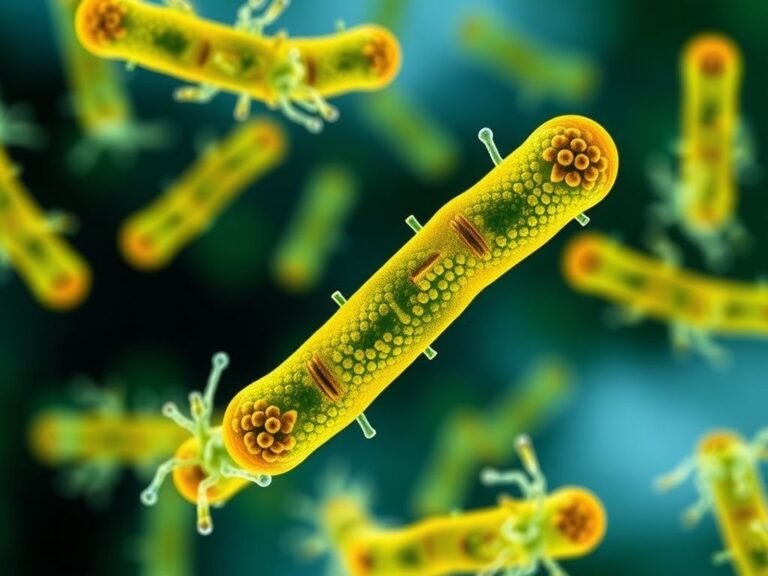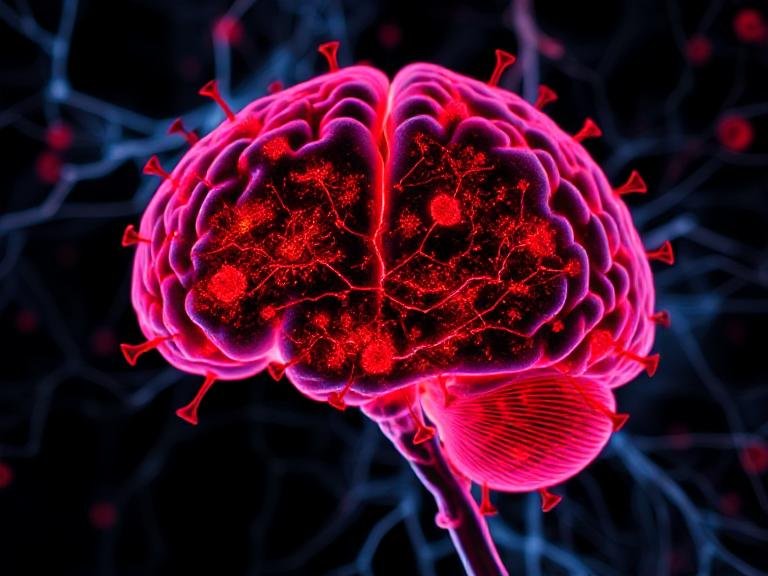
Promising Genetic Breakthrough Could Change the Future of Lung Cancer Treatment
In a major leap for medical science, researchers have developed an innovative lung-targeted nanoparticle delivery system that could revolutionize how genetic therapies are administered. This new method opens up exciting possibilities for treating serious lung conditions such as lung cancer and cystic fibrosis , offering hope for more effective and personalized treatments.
The research was led by Dr. Gaurav Sahay , associate professor at Oregon State University’s College of Pharmacy, in collaboration with scientists from Oregon Health & Science University and the University of Helsinki . Their findings were recently published in two leading scientific journals: Nature Communications and the Journal of the American Chemical Society .
A Targeted Approach to Lung Disease
One of the biggest challenges in gene therapy has been delivering the treatment safely and effectively to the exact cells that need it — especially in hard-to-reach organs like the lungs.
To overcome this, the research team tested over 150 different materials before discovering a new type of biodegradable nanoparticle capable of carrying messenger RNA (mRNA) and gene-editing tools directly into lung tissue.
In laboratory tests on mice, the system successfully:
- Slowed the growth of lung tumors
- Improved lung function in models of cystic fibrosis , a life-limiting genetic disease caused by a single defective gene
These results suggest that the technology could one day be used not only to treat diseases but also to repair faulty genes or activate immune responses against cancer — all while minimizing side effects.
Customizable Nanocarriers for Future Therapies
A key part of the breakthrough is the development of a library of lung-targeting lipids — the building blocks of the nanoparticles — which can be chemically modified to target different organs. This flexibility makes the platform highly adaptable for future treatments beyond the lungs.
Dr. Sahay explained:
“Our streamlined synthesis method makes it easier to design future therapies for a wide range of diseases. These results demonstrate the power of targeted delivery for genetic medicines. We were able to both activate the immune system to fight cancer and restore function in a genetic lung disease — without harmful side effects.”
What This Means for Patients
The implications of this discovery are huge:
- Lung cancer patients could benefit from more precise, localized therapies that reduce tumor growth without damaging healthy tissue.
- Cystic fibrosis patients may one day receive gene-editing treatments that correct the underlying genetic mutation responsible for the disease.
- The system could also be applied to other respiratory illnesses , including chronic obstructive pulmonary disease (COPD) and viral infections.
Importantly, because the nanoparticles are designed to deliver their payload directly to the lungs, they avoid widespread distribution in the body — reducing the risk of toxic side effects often associated with traditional treatments.
Looking Ahead
Dr. Sahay and his team remain focused on the long-term goal of creating safer, more effective genetic therapies tailored to individual patients’ needs.
“This is a major step in that direction,” he said.
With support from institutions like the Cystic Fibrosis Foundation , the National Cancer Institute , and the National Heart, Lung, and Blood Institute , the research continues to move closer to real-world applications.
Full References
- “Synthesis of ionizable lipopolymers using split-Ugi reaction for pulmonary delivery of various size RNAs and gene editing”
Published in Nature Communications , April 29, 2025 - “Synthesis of Ionizable Lipids for Gene Delivery to the Lung Using an Ugi Four Component Reaction”
Published in Journal of the American Chemical Society , May 8, 2025





